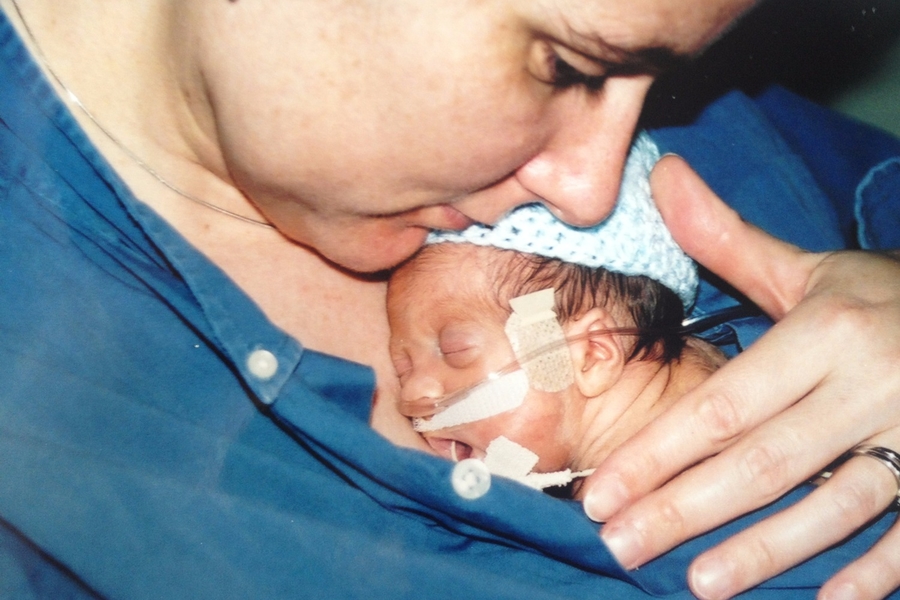
The Basics About a Premature Baby
1 Feb 2016 | 2 min Read
rimjhim kumari
Author | 2 Articles
Source for banner image: drjengunter.wordpress.com
Babies who are born before the expected time are called premature babies. They normally weigh less than 2.5 kgs at birth. But in our country, quite a few babies who are born at the expected time also weigh less than 2.5 kgs. All low birth weight babies, especially those below 1.8 kgs and those born 2 months before full term need special care in hospital.
A warm environment, protection and adequate nutrition are the most important steps in the management of a premature baby.
Because of less fat, a premature baby can become cold. For warmth, the baby is either kept in an incubator or in a heated room. The baby’s head and feet must be well covered. Another good way to keep the baby warm is to let him sleep with the mother. She can also carry the baby next to her body, inside her clothes, between her breasts, in what is called the ‘kangaroo position’. The baby should be sponged, not bathed till he weighs 2.5 kgs. A baby with proper temperature has pink and warm soles and palms. Blue or cold palms and soles may indicate that the baby either has some infection or is not being kept adequately warm.
A premature baby is more prone to infections. To prevent infections, all those who handle the baby must wash their hands thoroughly with soap and water. Visitors should be avoided. But the mother must be allowed to handle the baby. If the baby is too premature, you must at least touch the baby often. As per your doctor’s advice. The skin-to-skin contact with the baby is helpful for you as well as for him.
For proper nutrition, your breast milk is best for your premature baby.
Jaundice and eye problems (retinopathy in eye) are more common in a premature baby. Your doctor will keep a close watch on the baby in case any intervention is necessary.
Premature babies receiving human milk may need supplementation with iron, calcium and vitamins A, C and D.
Source: Book – Guide to Child Care by Dr R K Anand
To consult Dr R K Anand in person, click here
Explore the entire collection of articles: Baby’s Health
A


Related Topics for you
Suggestions offered by doctors on BabyChakra are of advisory nature i.e., for educational and informational purposes only. Content posted on, created for, or compiled by BabyChakra is not intended or designed to replace your doctor's independent judgment about any symptom, condition, or the appropriateness or risks of a procedure or treatment for a given person.
